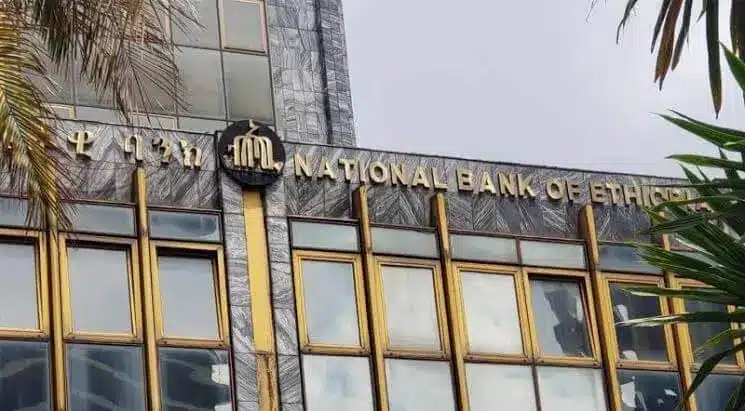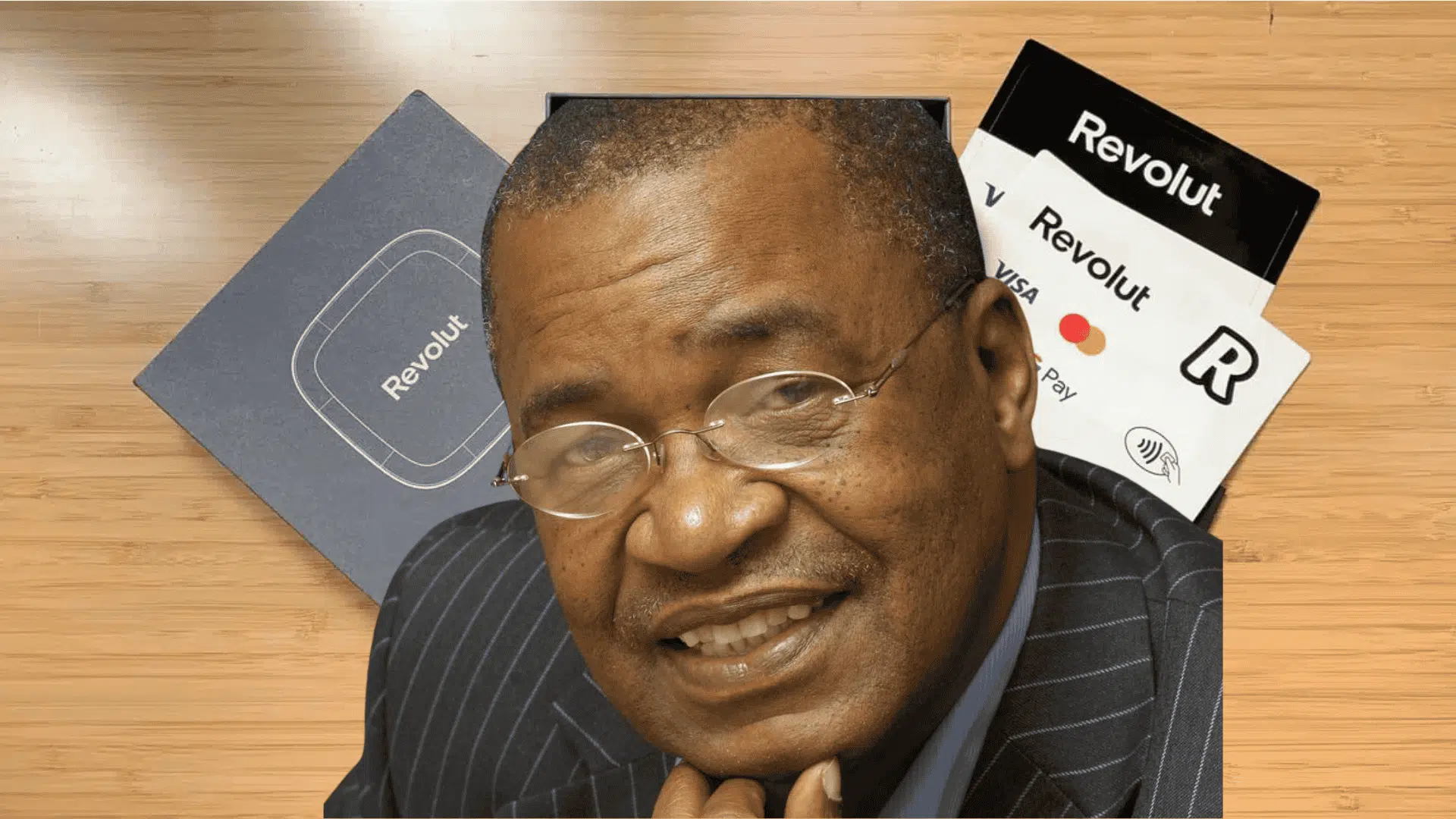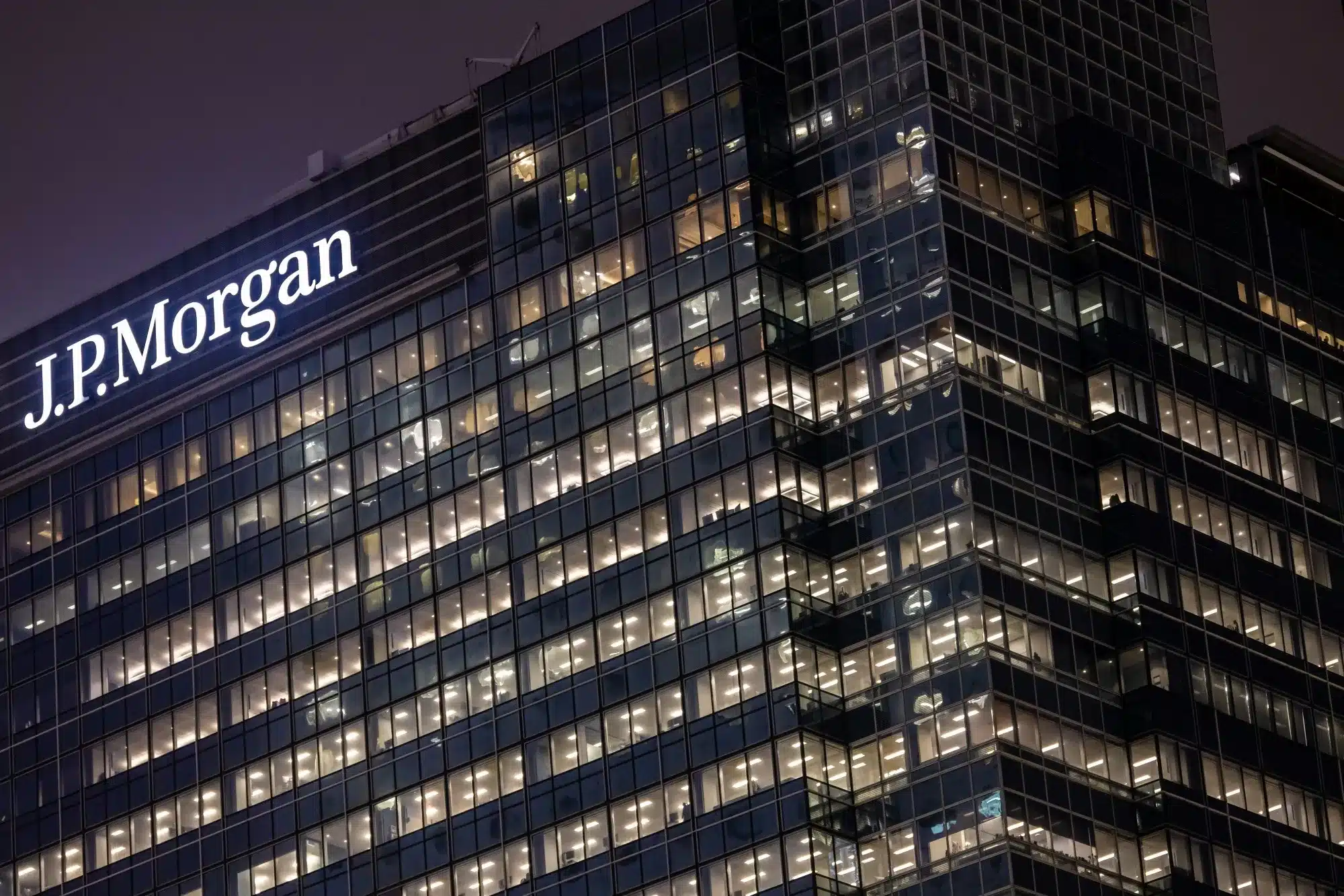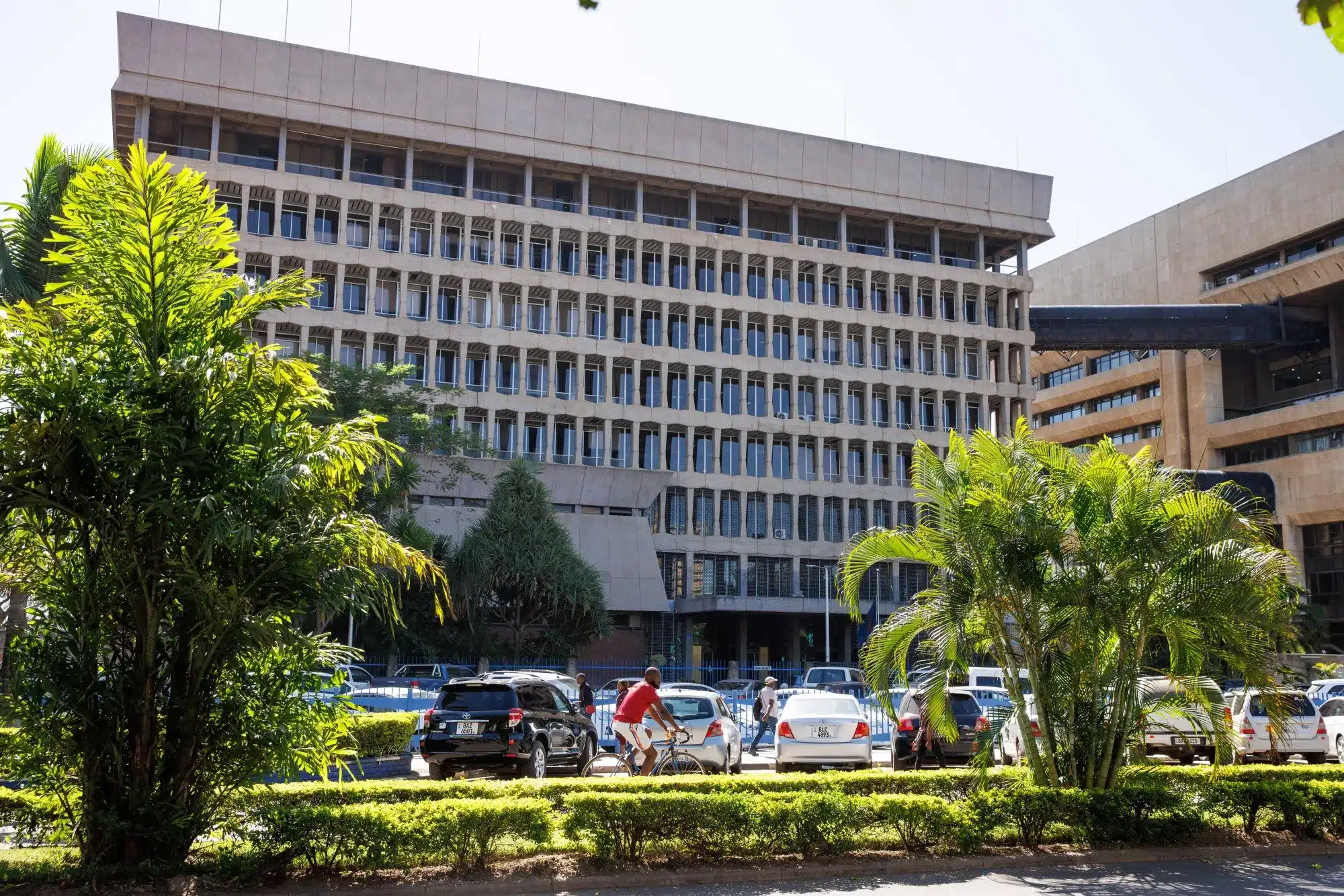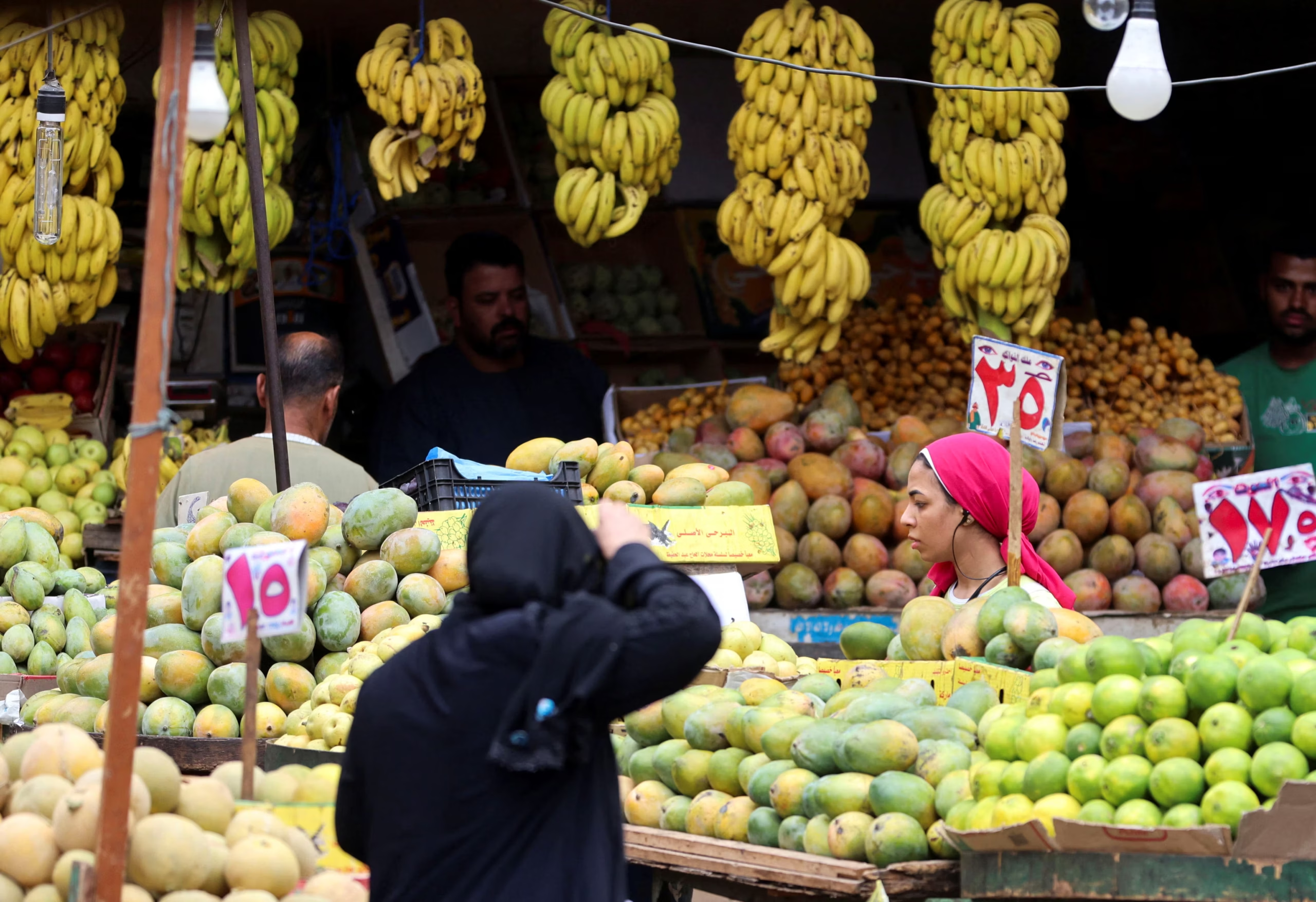Ethiopia’s Central Bank has sold $50 million in its latest foreign exchange auction on June 5, marking the largest dollar sale since the country launched its auction-based currency system in early 2024.
The auction, held at an average rate of 134.95 birr per US dollar, is the clearest signal yet of authorities’ commitment to a gradual, state-managed depreciation of the birr amid pressing foreign currency shortages.
Disclosed by the Country’s National Bank on Thursday, twelve commercial banks were issued allocations in the just concluded seventh auction of the year, preceding the May 22, 2025 auction.
The rate, a marginal decline from the 134.56 birr auction, reflects a broader trend of the birr depreciating by 13% through official channels since the start of 2025.
It forms part of a wider liberalisation agenda supported by the International Monetary Fund (IMF), aimed at restoring macroeconomic stability, rebuilding reserves, and attracting renewed donor and investor confidence.
By adopting a market-informed exchange rate mechanism, the NBE is aiming to improve price regulation in the FX market while avoiding the risks of a sudden, uncontrolled devaluation.
Still a long way to go
Despite the milestone, wide gaps remain between the official auction rate and rates in parallel markets.
- Commercial banks continue to trade dollars at around 133 birr
- And on the black market – the main source for small businesses and individuals – the US dollar is reportedly trading at 154 birr.
- Licensed forex bureaus are offering closer to 150 birr
This gap underscores the depth of Ethiopia’s FX supply-demand imbalance and the lingering distrust in the formal market.
While the central bank’s move may help narrow this gap over time, market participants say a more flexible, unified rate remains critical to unlocking foreign investment and reducing economic distortions.
Looking ahead
The next FX auction is scheduled for two weeks from now, as the NBE continues to refine its approach in response to market dynamics and external pressures.
For now, the growing auction volumes and measured devaluation suggest a policy course that balances reform with risk aversion.
This approach is likely to win cautious approval from multilateral lenders and foreign investors alike

